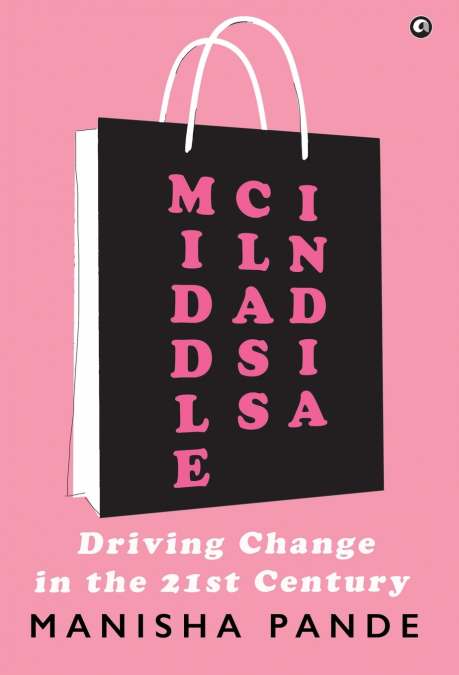
Manisha Pande
The middle class in India constitutes 31 per cent of the population and is expected to hit the 60 per cent mark by 2047. Witha population of over 1.4 billion, India is the most populated country in the world. It is the world’s largest democracy and thefifth-largest economy. One of the factors behind India’s increasing influence globally has been its middle class, which has seen unprecedented growth since the economic liberalization of 1991. Between 1995 and 2021, the middle class grew at a rate of 6.3 per cent per year.
So who constitutes middle class India? Is this class defined by economic status, social standing, cultural power, aspirations, or is it a mix of all these aspects? Where do middle-class Indians stand on various matters such as education, career, politics, marriage and family, consumption, societal progress, work, and worship?
In this in-depth study, journalist Manisha Pande traces the growth and evolution of the Indian middle class (a diverse andheterogeneous group) through three distinct phases. As the British imperialists strengthened their grip on India, between the Battle of Plassey in 1757 until Independence in 1947, members of the traditionally apolitical middle class became leaders ofthe freedom movement. From Independence until 1991 was a transitional phase for the Indian middle class, during which itunderwent several changes to emerge as a powerful segment of society that would have considerable influence on the politics of the country. Since 1991, innovation and entrepreneurship have become the norm for the middle class, which has become exceedingly ambitious. This new class is highly consumerist and very conscious of its new-found power. It has also become highly polarized. Grappling with communalization and post-pandemic financial strain, it might actually be regressing in some ways, especially with some sections becoming sectarian and bigoted in their outlook.
Incisive and deeply researched, Middle Class India traces the changes in size, composition, and complexity that the middle class has undergone over the years and debates the steps it needs to take as a class to drive economic growth, social harmony, and peace for the nation.